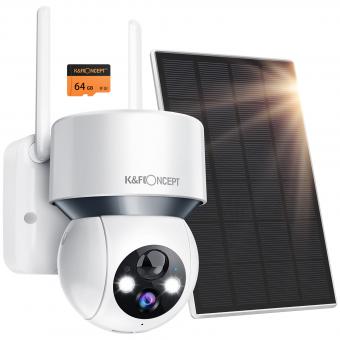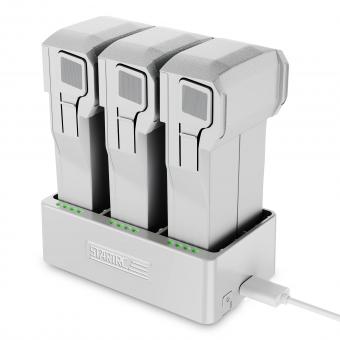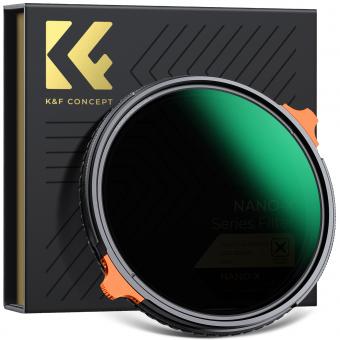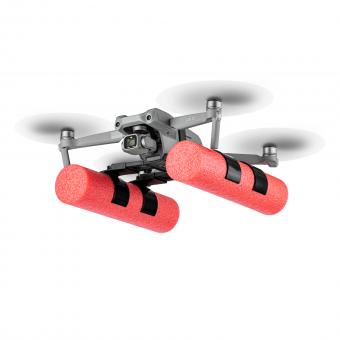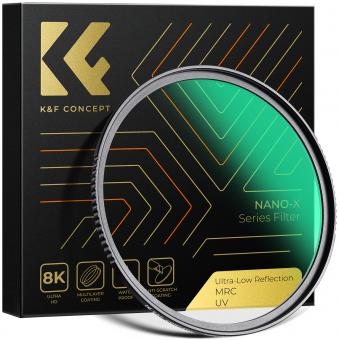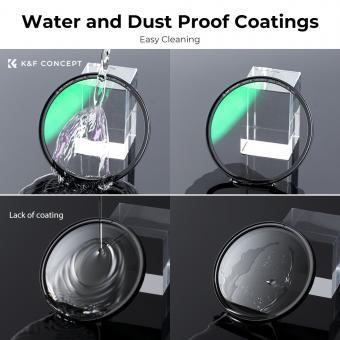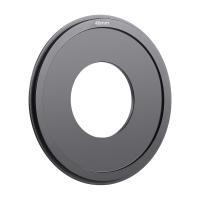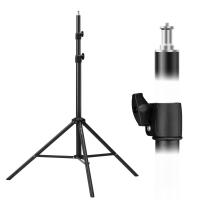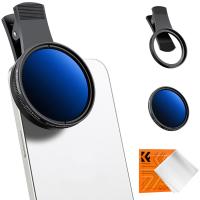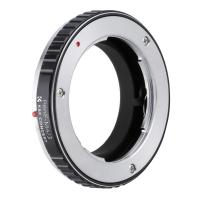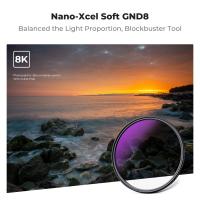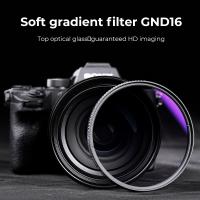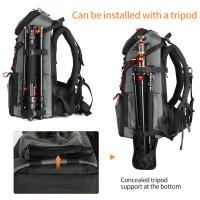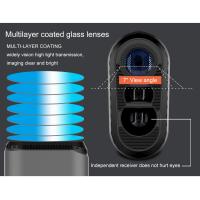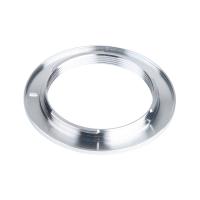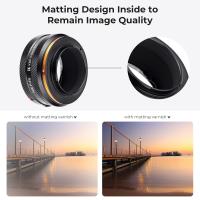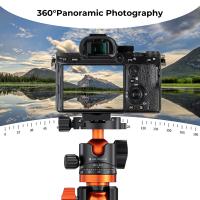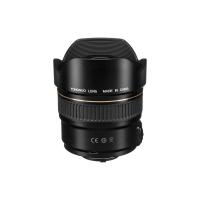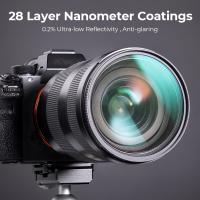What Do Pirates Use To See Far Away ?
Pirates use telescopes to see far away. These are optical instruments that use lenses or mirrors to magnify distant objects and make them appear closer and larger. Telescopes were first invented in the early 17th century and quickly became popular among sailors and navigators for their ability to spot land, other ships, and potential targets from a distance. Pirates would often use telescopes to scan the horizon for merchant ships to attack or to keep an eye out for naval vessels that might be pursuing them. Some pirates were known to have particularly powerful telescopes that could see for miles, giving them a significant advantage over their prey.
1、 Telescopes
What do pirates use to see far away? Telescopes! These handy devices have been used by pirates for centuries to spot ships on the horizon and plan their next attack. However, the use of telescopes has evolved over time, and modern-day pirates may have access to more advanced technology.
Today, telescopes come in a variety of shapes and sizes, from handheld monoculars to massive observatory-grade instruments. Some modern telescopes even use computerized tracking systems to automatically follow celestial objects across the sky. While these high-tech telescopes may not be practical for pirates on the high seas, they do demonstrate the incredible advancements in telescope technology.
In addition to traditional telescopes, pirates may also use other tools to see far away. For example, binoculars are a popular choice for sailors and pirates alike. These compact devices offer a wider field of view than telescopes and are easier to handle in rough seas.
Finally, it's worth noting that pirates may not rely solely on visual aids to spot their targets. Many modern ships are equipped with radar and other electronic sensors that can detect nearby vessels. Pirates may use these tools to track their prey and plan their attacks accordingly.
In conclusion, while telescopes remain a popular tool for pirates to see far away, modern technology has expanded their options. From high-tech observatory-grade telescopes to handheld binoculars and electronic sensors, pirates have a range of tools at their disposal to spot their next target.
2、 Spyglasses
"What do pirates use to see far away?" The answer is "Spyglasses." These are handheld optical instruments that pirates use to magnify distant objects and get a better view of their surroundings. Spyglasses have been used by pirates for centuries, and they are still used today by sailors and other seafarers.
Spyglasses work by using a combination of lenses to magnify the image of distant objects. They are typically made of brass or other metals and have a long, tubular shape. The eyepiece is located at one end of the tube, and the objective lens is located at the other end. The objective lens is larger than the eyepiece and is responsible for gathering light and forming an image.
Modern spyglasses are often equipped with additional features such as image stabilization, night vision, and digital zoom. These features make them even more useful for pirates and sailors who need to navigate in challenging conditions.
In addition to spyglasses, pirates also used telescopes to see far away. Telescopes are similar to spyglasses but are typically larger and more powerful. They are often mounted on tripods or other supports to keep them steady.
Overall, spyglasses are an essential tool for pirates and sailors alike. They allow them to see far away and navigate safely through treacherous waters. While modern technology has brought many advancements in navigation and communication, the trusty spyglass remains a vital tool for those who venture out to sea.
3、 Monoculars
What do pirates use to see far away? Monoculars! These handy devices are essentially half a pair of binoculars, allowing the user to see far-off objects with just one eye. While monoculars may not be as popular as binoculars, they are still widely used by pirates and sailors alike.
In recent years, monoculars have become more advanced and sophisticated. Many models now feature high-quality lenses and advanced image stabilization technology, making them ideal for use on the high seas. Some monoculars even come equipped with night vision capabilities, allowing pirates to see in the dark and navigate their ships safely.
Despite their usefulness, monoculars are not without their drawbacks. Because they only use one eye, they can be more difficult to use than binoculars, especially for those who are not used to them. Additionally, monoculars can be more expensive than binoculars, especially if you opt for a high-end model with advanced features.
Overall, however, monoculars remain a popular choice for pirates and sailors who need to see far away. Whether you're scanning the horizon for enemy ships or trying to spot land in the distance, a good monocular can be an invaluable tool on the high seas.
4、 Binoculars
"What do pirates use to see far away?" The answer is binoculars. Binoculars are an essential tool for pirates to spot other ships, land, or potential targets from a distance. They allow pirates to see far beyond the naked eye's capabilities, making them a valuable asset for navigation and scouting.
However, in recent years, the use of binoculars by pirates has decreased due to advancements in technology. Modern-day pirates now rely on radar, GPS, and other electronic devices to navigate and locate their targets. These technologies provide more accurate and reliable information than binoculars, making them a preferred choice for pirates.
Moreover, the use of binoculars by pirates has also become less common due to the increased presence of naval forces in pirate-infested waters. The naval forces use advanced surveillance equipment, including drones and satellites, to monitor pirate activities, making it difficult for pirates to operate undetected.
In conclusion, while binoculars remain an essential tool for pirates, their use has decreased in recent years due to technological advancements and increased naval presence. However, they still hold value for pirates operating in areas with limited technological resources or for those who prefer a more traditional approach to navigation and scouting.


